Headaches
Headaches may occur bilaterally, unilaterally, or travel across the head. A headache may be sharp, throbbing or dull. They may appear gradually or suddenly and may last from minutes to several days. Usually, headaches do not result from a serious illness, but sometimes they may be a life-threatening, necessitating emergency care.
Primary headaches
Over-activity of or malfunction of pain-sensitive structures in your head causes a primary headache. It is not a symptom of an underlying disease. The brain’s chemical activity, the nerves or blood vessels encircling the skull, or the muscles of your head and neck can play a role in primary headaches. Sometimes genetics make it more likely to develop such headaches.
Common primary headaches are
Tension headache
Cluster headache
Migraine
Primary headaches that could be a symptom of an underlying disease include:
Exercise headaches
Cough headaches
Primary headaches can be triggered by lifestyle factors such as:
Stress
Processed meats
Nitrates
Lack of sleep
Alcohol
Missed meals
Improper posture
Secondary headaches
A secondary headache is a symptom of a disease that can activate the pain-sensitive nerves of the head.
Causes include:
Acute sinusitis
Carotid artery or vertebral artery dissections
Brain aneurysm
Brain arteriovenous malformation
Brain inflammation (encephalitis)
Brain tumor
Carbon monoxide poisoning
Chiari malformation
Concussion
Dehydration
Dental issues
Ear infection
Febrile illnesses
Glaucoma
Hangovers
High blood pressure
Increased pressure within the skull (pseudotumor cerebri)
Inflammation of the arteries in the brain (giant cell arteritis)
Influenza (flu)
Intracranial hematoma (bleeding in or around the brain)
Medications
Meningitis
Monosodium glutamate (MSG)
Overuse of pain medication
Panic attacks
Post-concussion syndrome
Pressure from tight headgear
Stroke
Trigeminal neuralgia and other neuralgias of nerves joining the brain and face
Venous thrombosis (blood clot within the brain)
Some secondary headaches include:
External compression headaches from pressure-causing headgear;
Ice cream headaches (brain freeze);
Sinus headaches (caused by congestion in sinus cavities), and
Spinal headaches (caused by a spontaneous cerebrospinal fluid leak, spinal tap, epidural, or spinal block).
A headache can be a symptom of a serious condition, such as a stroke, meningitis or encephalitis.
Go to a hospital emergency room or call 911 if experiencing the most severe headache of your life, a sudden headache or a headache accompanied by
Confusion
Difficulty seeing
Difficulty speaking and understanding speech
Difficulty walking
Fainting
Fever greater than 102 F (39 C)
Nausea or vomiting
Numbness, weakness or paralysis
Stiff neck
See a doctor if your headaches:
Occur more often than usual
Are more severe than usual
Do not improve with over-the-counter drugs
Keep you from working, sleeping or taking part in normal activities of daily living
Tania Faruque MD is the medical director of Palomar Spine & Pain, in Escondido, CA (North San Diego County).
